USST_Arts_117101350 超大直径泥水平衡盾构穿越高危易爆乙烯管变形及控制研究
摘要随着城市建设的不断发展,新建工程的施工扰动给城市既有建筑环境带来了越来越多的潜在威胁。作为城市现代化建设重要组成部分的地下隧道施工,往往不可避免地会穿越大量的地下管线,而地下管线安全问题也一直是地下工程中关键性技术问题之一。为了地下隧道施工能在安全有序进行的同时,保证地下管线的正常使用,隧道施工中对邻近管线的影响及其控制问题需要不断进行深入研究。本文以上海虹梅南路越江隧道工程作为工程背景,基于已有的理论研究成果及工程现场实测数据,着重研究超大直径泥水平衡盾构隧道施工过程中,地层沉降变形的规律以及引发的地下管线的变形及其安全控制问题。在实际工程中,局限于很多现场因素,管线变形的监测等工作较为...
相关推荐
-
我国基层财政困难的制度成因分析与对策研究VIP免费
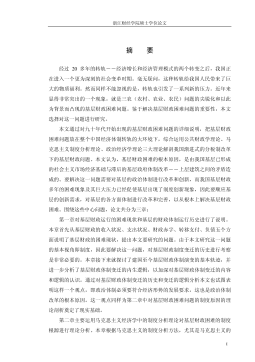
 2024-09-20 25
2024-09-20 25 -
我国煤电产业链纵向交易合约机制研究VIP免费
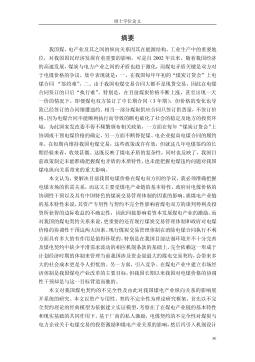
 2024-09-20 23
2024-09-20 23 -
生产要素视角下的上海市产业结构优化研究VIP免费
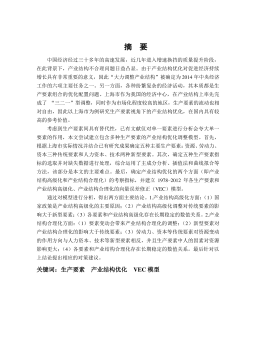
 2025-01-09 6
2025-01-09 6 -
我国银行业结构与经济结构关系研究VIP免费
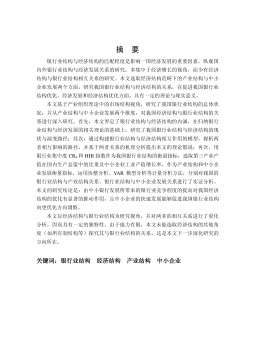
 2025-01-09 7
2025-01-09 7 -
大数据视角下农业供应链金融研究VIP免费
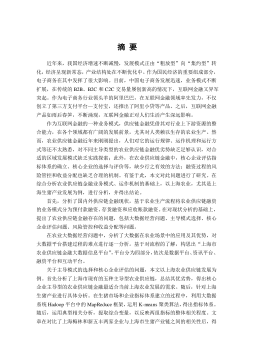
 2025-01-09 6
2025-01-09 6 -
跨国大型综合超市的规划研究VIP免费
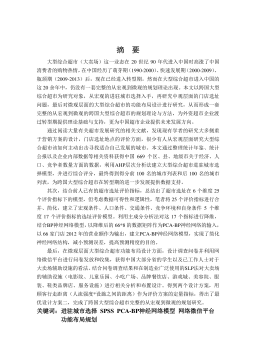
 2025-01-09 6
2025-01-09 6 -
跨境电商农产品质量安全问题研究VIP免费
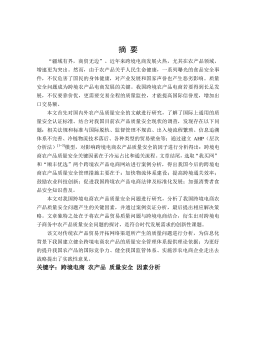
 2025-01-09 6
2025-01-09 6 -
世界市场的虚拟化与我国国际电子商务发展方向研究VIP免费
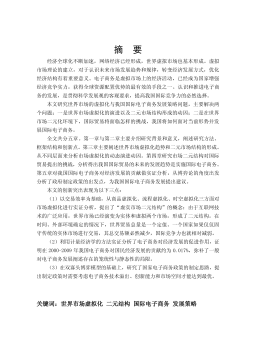
 2025-01-09 6
2025-01-09 6 -
中国政府对电力行业的价格规制问题研究VIP免费
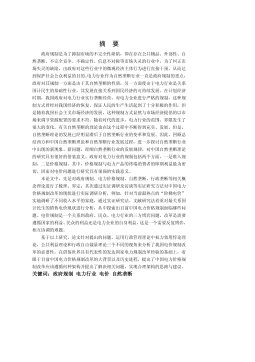
 2025-01-09 6
2025-01-09 6 -
中小企业信息化系统集成技术研究VIP免费

 2025-01-09 11
2025-01-09 11
相关内容
-

跨国大型综合超市的规划研究
分类:高等教育资料
时间:2025-01-09
标签:无
格式:PDF
价格:15 积分
-

跨境电商农产品质量安全问题研究
分类:高等教育资料
时间:2025-01-09
标签:无
格式:PDF
价格:15 积分
-

世界市场的虚拟化与我国国际电子商务发展方向研究
分类:高等教育资料
时间:2025-01-09
标签:无
格式:PDF
价格:15 积分
-

中国政府对电力行业的价格规制问题研究
分类:高等教育资料
时间:2025-01-09
标签:无
格式:PDF
价格:15 积分
-

中小企业信息化系统集成技术研究
分类:高等教育资料
时间:2025-01-09
标签:无
格式:PDF
价格:15 积分






